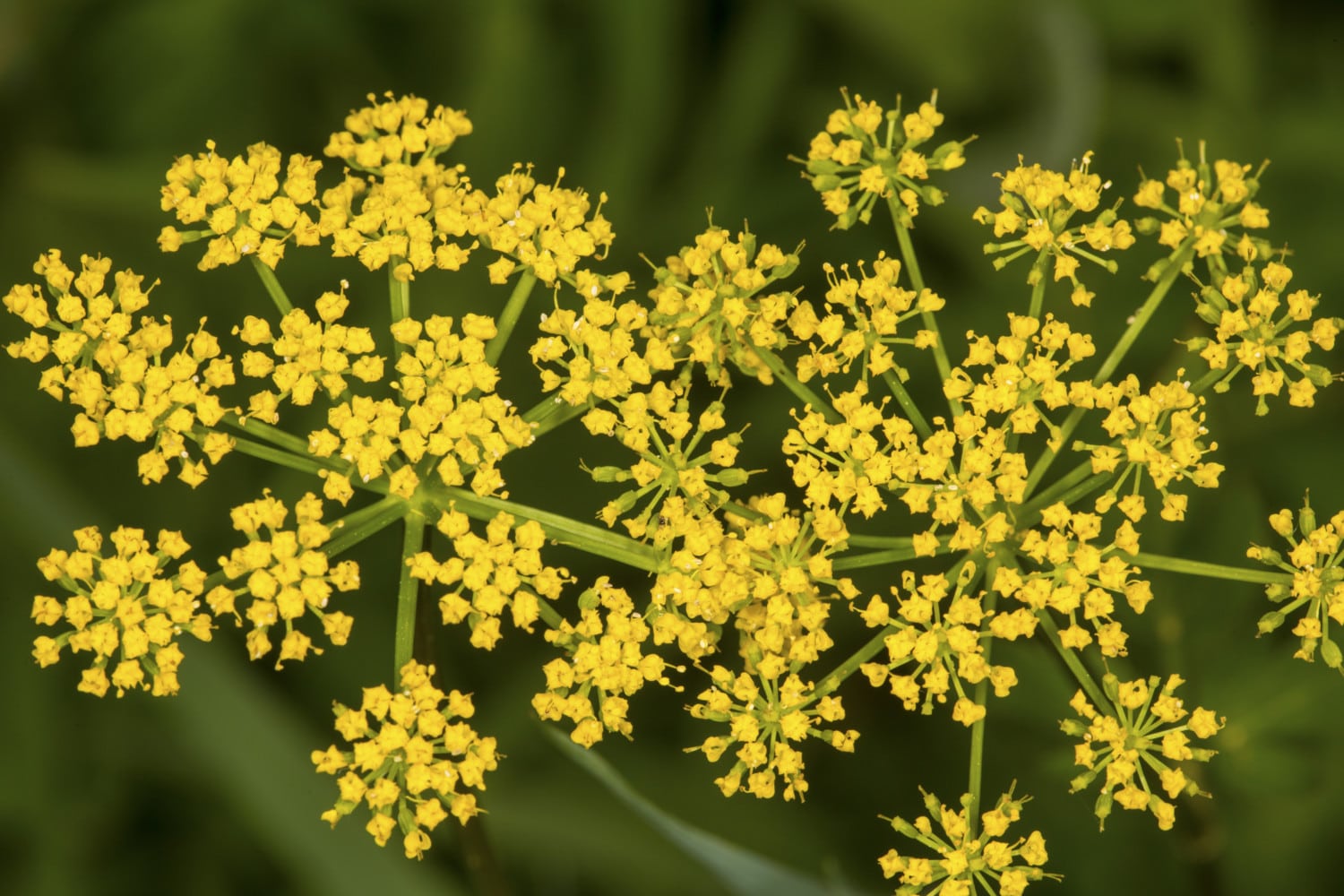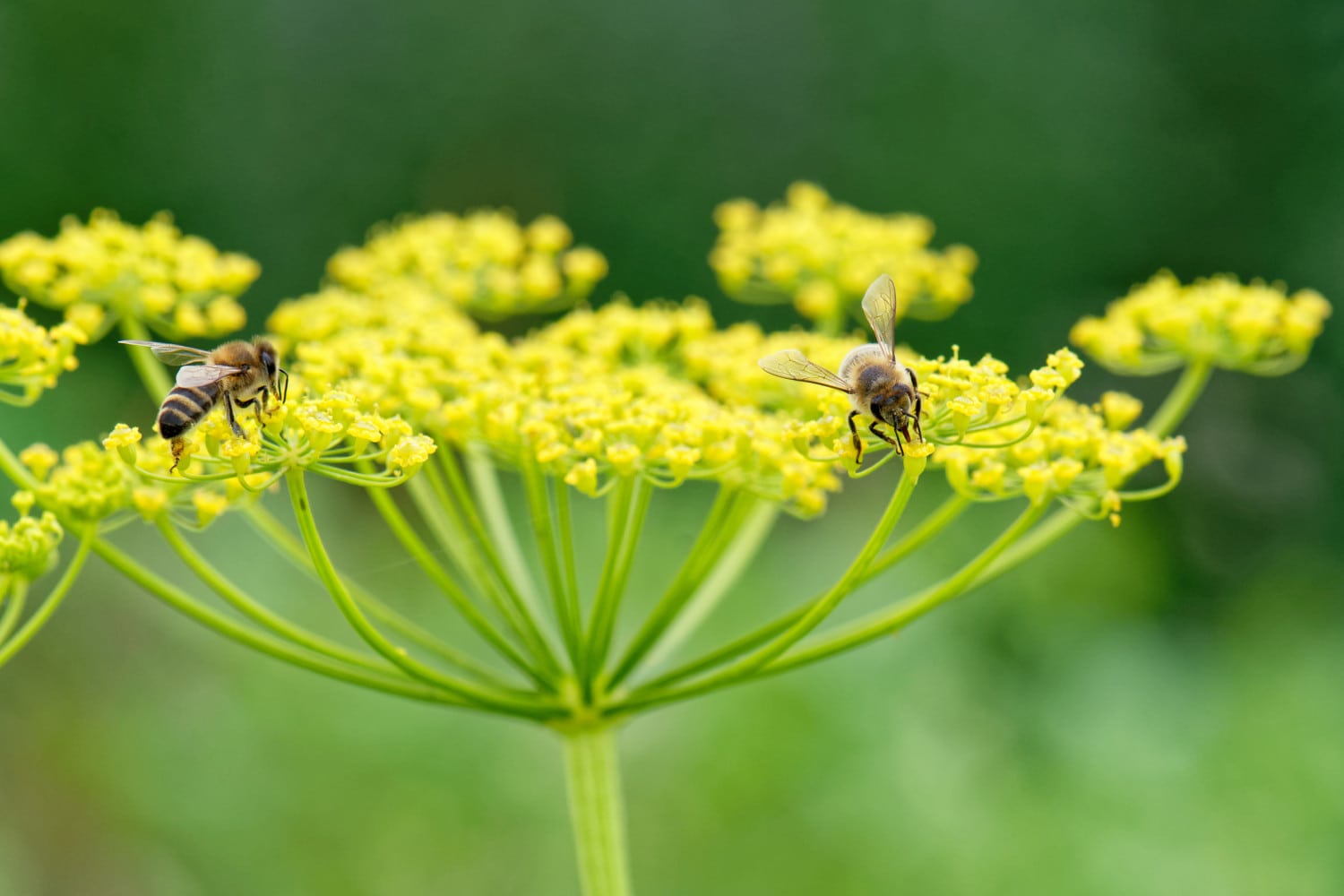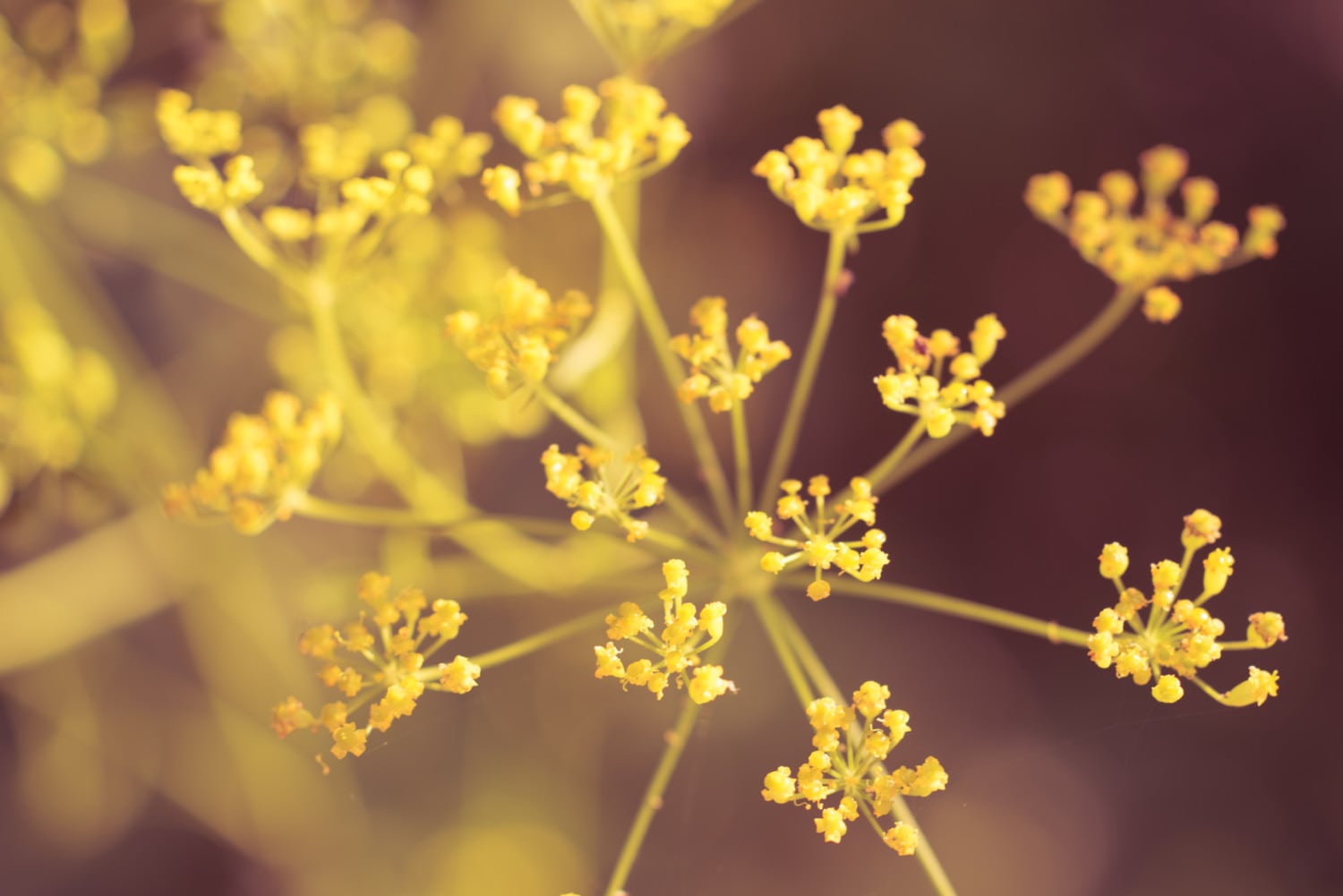This Woman Is Warning Others After She Was Burned By A Common Plant
If you thought giant hogweed was the only poisonous plant to avoid beyond poison ivy and oak, think again. A woman’s viral Facebook post is warning people to also watch out for another toxic weed: Wild parsnip.
Similar to giant hogweed, wild parsnip — otherwise known as Pastinaca sativa — is an invasive species native to Europe and Asia that produces a toxic sap. The sap can cause severe blisters and burns when the affected skin is exposed to sunlight, a condition known as phytophotodermatitis.
And that’s exactly what happened to Charlotte Murphy of Essex, Vermont, after she came into contact with wild parsnip during a roadside pit stop earlier this month. Murphy wrote on Facebook that she didn’t realize her legs brushed the dangerous plant when she stopped for a bathroom break, “so I went about my day in the hot sun.” She also posted some graphic photos of the blisters — and they do look painful:
“A few bumps appeared within a couple days but no pain or itch,” Murphy wrote in her Facebook post. “I continued working out in the sun allowing more sweat and UV rays to hit the skin, making the reaction that came a week later much worse than if I had washed my skin right away and stayed out of the sun.”
“Throughout the day they grew exponentially to a point where my leg was swollen and I couldn’t walk,” she continued.
The U.S. government also considers wild parsnip a noxious weed. The plant has several stems with broad yellow flowers that look similar to giant hogweed or Queen Anne’s lace. It’s largely found alongside roadsides, pastures, field edges and natural areas, and has been spotted throughout the United States, from New York state and Vermont to Minnesota, Wisconsin, Illinois and other Midwestern states. Wild parsnip has also been found in parts of Canada.
If you believe you’ve spotted wild parsnip, avoid the plant at all costs and report the sighting to your local authorities right away. If you touched wild parsnip, wash that part of your skin immediately with soap and water, then visit your doctor as soon as possible for further treatment. If you’re not near soap and water, you can put sunscreen on the affected area to avoid exacerbating the reaction. You should also keep your exposed skin out of the sunlight for at least two days.
This summer seems to be the summer of poisonous plants, so be safe out there!




